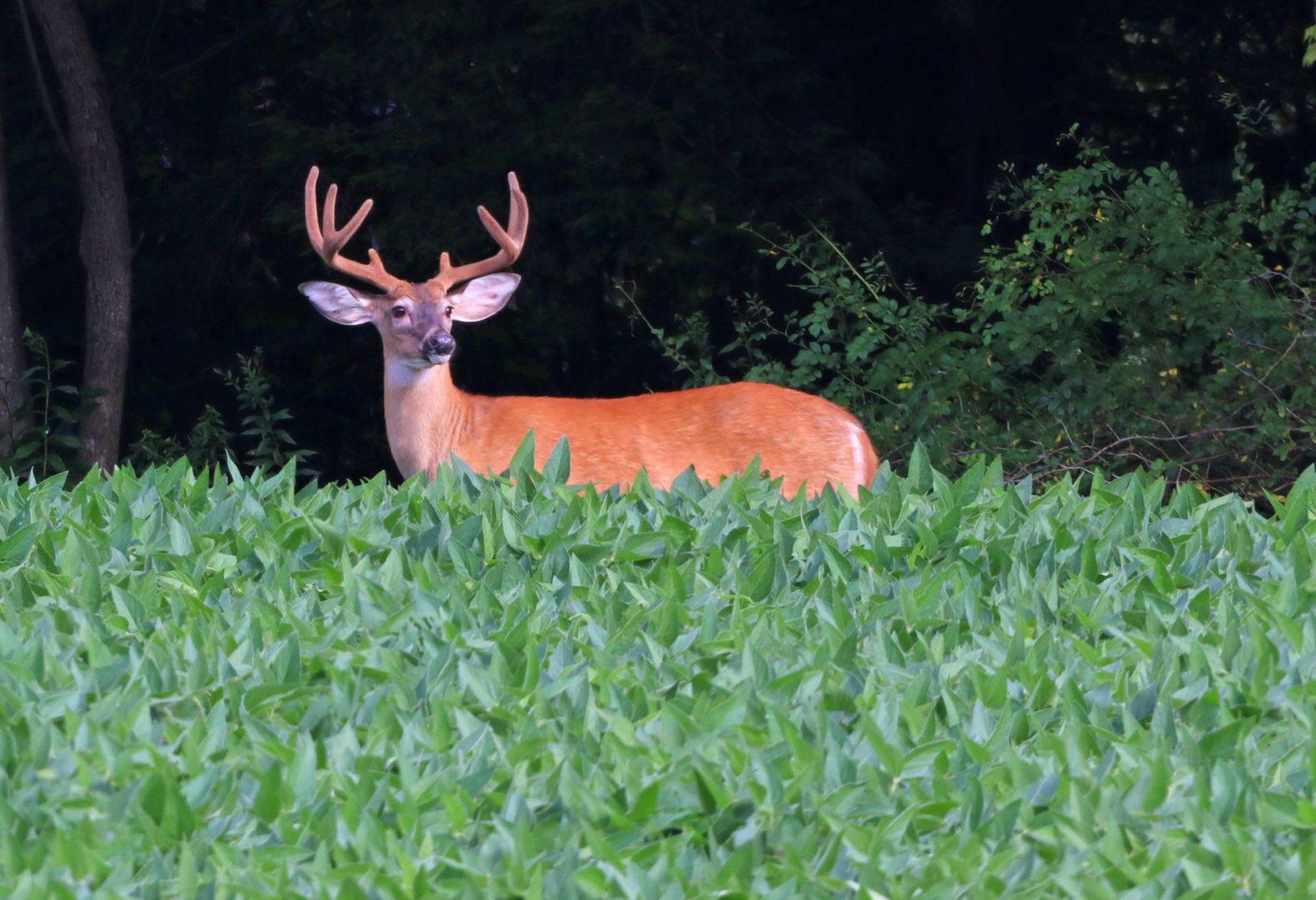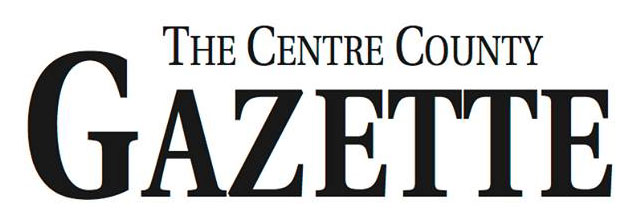
TWENTY YEARS of data show that antler restrictions are working. This beautiful eight-point buck was spotted in a Centre County field with a smaller eight-pointer and a nine-pointer.

TWENTY YEARS of data show that antler restrictions are working. This beautiful eight-point buck was spotted in a Centre County field with a smaller eight-pointer and a nine-pointer.

It has been two decades since stricter antler restrictions were put in place across Pennsylvania. The results have been dramatic, but even so, there are still hunters who do not appreciate what has happened.
I started hunting when the only antler restriction required at least one spike to be three inches or longer, or an antler to have more than one point. The vast majority of hunters harvested bucks that were yearlings (one-and-ahalf years old). Spikes, three- or four-pointers and an occasional six-point rack were the most common harvests.
My father had a bushel basket full of such racks. There were too many deer, and the habitat in much of the state was very degraded.
In 1999, Gary Alt became the supervising biologist for the Pennsylvania Game Commission’s new Deer Management Section. Alt assessed the situation, gathered evidence and set out on a statewide speaking tour. His presentations provided two main goals — to lower the deer herd to bring it into balance with forest habitat and to initiate stricter antler restrictions so that more bucks would see their second and third birthdays.
I attended several of Alt’s programs. Antler size and point count are based on genetics, nutrition and age. Alt’s proposals would address two of those factors. A healthier forest would produce more food as well as more nutritious food, and antler restrictions would allow more bucks to reach maturity. Alt would hold up a nice eightpoint rack and a tiny four-pointer and ask the hunters, “Do you want this, or this?”
Commissioners backed Alt’s proposals. More antlerless deer licenses were issued, concurrent buck and doe seasons began in 2001, and antler restrictions were put in place in 2002. In most of the state, bucks had to have at least three points on one side, and in five wildlife management units in the western third of the state, the rule was four to a side. In 2011, this western rule was changed to “three up” to make identification easier for hunters. In those WMUs, at least one antler had to have three points, not counting the brow tine.
From 1985 through 2001, an average of only 19% of the bucks harvested were two-and-a-half years old or older. The range was 17% to 22%. On average, a full 81% of antlered deer harvested were yearlings. The 20 years of data since then paint a clear picture of antler-restriction success.
During the first year of the stricter antler regulations, that percentage of older bucks in the harvest jumped to 32%, 44% the following year and then 50% in 2004. Although more gradual, the upward trend continued from 2005 through 2017, ranging from 44% to 59%. Another significant jump occurred in 2018, when the percentage of older bucks in the harvest hit 64%, and the percentage has stayed in the 60s through last season.
“We put an antler restriction regulation in place with a goal of protecting over half of our yearling bucks,” Deer and Elk Section Supervisor David Stainbrook commented. “The regulations are working. In 1990, 80% of the harvest was made up of yearling bucks and only 20% of older deer. In some wildlife management units, such as 2G, those percentages are now reversed.”
According to Stainbrook, the recent hunter survey showed that 67% of responding hunters agreed with antler restrictions and only 16% disagreed. A slightly higher percentage of younger hunters supported antler restrictions as compared to older hunters.
Some holdouts wrongly believe that their chances of bagging a buck would be greater if spikes and forkhorns were still legal. The harvest data shows otherwise. During the 1987-88 deer seasons, 16% of hunters harvested a buck. In 2007-08, it was 15%. Over the past five seasons, the hunter success rate on bucks has averaged about 24%. Eight-point racks are common.
WHAT ABOUT CENTRE COUNTY?
Chances of harvesting a buck vary across the state and within each WMU. The success rate for each WMU or county is not calculated. However, the buck harvest per square mile is. The state’s average harvest rate has been 3.5 bucks per square mile over the past three seasons.
Centre County’s three-year figures are below the state average.
In WMU 2G, which includes Centre County north of I-80, the average was only 2.3 bucks harvested per square mile. This is the lowest average of any WMU except for WMU 5D, which is the Philadelphia area. Estimated buck harvests in WMU 2G show a downward trend — 8,100 in 2019, 7,500 in 2020, and 6,200 in 2021. Approximately 80% of the bucks harvested in 2G are two-and-a-half or older.
In Centre County south of I-80, part of WMU 4D, the harvest rate was 3 bucks per square mile. Here the threeyear trend is not clear. Keep in mind that both of those WMUs contain a lot more area beyond Centre County, so no one knows the exact county harvest rate. In WMU 4D, about 65% are older bucks.
The seven-week archery deer season ends Nov. 18. Last year, 47% of the antlered deer harvest was made by archers. The regular firearms season is set to begin Nov.
26. One thing for sure, the more time that you spend in the woods, the more likely you will be successful.
Receive all the latest news and events right to your inbox.

403 S. Allen St.
State College, PA 16801
(814) 238-5051
